 | Over the past two weeks, we asked our readers to vote on our first Community Choice Awards. Now that voting has closed, we've tabulated the entries (and weeded out multiple entries of the same name), |
Over the past two weeks, we asked our readers to vote on our first Community Choice Awards. Now that voting has closed, we’ve tabulated the entries (and weeded out multiple entries of the same name), let’s proceed to announcing the winners of the inaugural Lowyat.NET 2014 Community Choice Awards! Over a thousand of you joined in, lending a voice to a community that spreads across a wide demographic throughout the country. Without further ado, here are the results! What is your choice for best smartphone of 2014?Winner: Apple iPhone 6 (17%) Apple’s iPhone 6 wins the award for this year’s best smartphone – by just four votes. The evolutionary smartphone that finally caved in to consumer demand for a larger display, the iPhone 6 was everything that made the iPhone such a desirable product: metal unibody, unrivalled app ecosystem and arguably the best all-round camera on a mobile device. It may not have been the best-designed iPhone (nor the sturdiest), but it was one that Apple fans wanted for years – enough to pip Samsung’s excellent Galaxy Note 4 to second place. Runner Up: Samsung Galaxy Note 4 (17%) A device that incorporates Samsung’s phablet expertise with (finally) some proper build quality. The Galaxy Note 4 is without a doubt the best phablet you can buy today, combining its suite of S Pen features with a metal frame and a surprisingly spectacular camera – making the iPhone 6 Plus look rather ordinary next to it. More importantly, this is the smartphone that really signals a shift in Samsung’s mentality, lending a hint of what’s to come in 2015. Honorable Mention: OnePlus One (12%) Coming seemingly out of nowhere, OnePlus launched its One smartphone that combines the best hardware available in the market with a software experience that is unlike any smartphone in the market. What really pulled people in was in its price: at a starting price of just $299 (about RM1050), the OnePlus One retails for less than half what mainstream flagship smartphones were going for.
Which do you think is the best value for money smartphone of 2014?Winner: Xiaomi Mi 3 (37%) 2014 was the year Chinese smartphone maker Xiaomi ventured overseas. Starting with Singapore, it quickly expanded up north in Malaysia, bringing its then-flagship Mi 3 smartphone as its first product. This handsome minimalist smartphone may not be a 2014 flagship, but its hardware internals meant this smartphone is no slouch either. And, at a retail price of just RM769, this smartphone really confounded many industry observers and sent a chill down other smartphone companies’ spines. Other smartphones have since offered a similar package, but for you readers, the Mi 3 was the smartphone that started it all. Runner Up: OnePlus One (25%) It says a lot that the OnePlus One hit third spot for Smartphone of the Year, and also taking second place in the Best Value for Money Smartphone of 2014. This self-titled “2014 Flagship Killer” may have performed a lot better in the awards if it had launched in Malaysia earlier, though. Honorable Mention: Xiaomi Redmi Note 4G (16%) A refresh of one of the most affordable large-display smartphones this year, the Redmi Note 4G combines all the best features from the second-generation Redmi Note and added in a more efficient processor and 4G LTE connectivity for just RM80 more. It may have only reached our shores a few weeks ago, but clearly it has struck a note among readers.
Which 2014 smartphone had the best camera?Winner: Sony Xperia Z3 (25%) Looks like Sony’s six-month smartphone cycle is yielding results. The Xperia Z3 uses the same 20.7MP Exmor RS for Mobile sensor as the previous-gen Xperia Z2, but adds a 25mm wide-angle lens, ISO 12800 support, and the amazing SteadyShot with Intelligent Active Mode. The Xperia Z3 is capable of amazing shots in various lighting conditions even in the default Intelligent Auto mode, while the expansive Manual mode gives the tools for more control. That being said, the image signal processing is still a bit too aggressive, something that should be fixed in the Xperia Z4. Runner Up: Apple iPhone 6 Plus (24%) The larger phone size meant Apple was able to make the new iPhone 6 Plus‘ camera that much better than the iPhone 6. Adding optical image stabilisation (OIS) on the iPhone 6 Plus means the larger iPhone produces better images in low light, not to mention a much better video recording experience. And that just means one of the best cameras on a smartphones is that much better. Honorable Mention: Nokia Lumia 930 (18%) Smartphone cameras and Nokia have always gone hand in hand. Unfortunately, recent distractions meant that Nokia were not able to launch a proper flagship smartphone with a killer camera like on the 808 PureView and Lumia 1020. That being said, the Lumia 930‘s 20MP PureView sensor with Zeiss lens still means business, offering RAW capture support and one of the most comprehensive – and intuitive – manual controls you can find on a smartphone camera.
Which was the best tablet released in 2014?Winner: Apple iPad Air 2 (39%)
By far, the best tablet of 2014. Apple’s latest flagship tablet packs exceptional hardware in a body that’s breathtakingly thin. The beautiful hardware complements the unrivalled tablet app ecosystem, while the smaller iPad mini 3 offered little as a formidable choice for consumers. You simply can’t go wrong with the new iPad Air 2. Runner Up: Microsoft Surface Pro 3 (23%) As Microsoft puts it, this is the tablet that aims to replace your laptop. Powered by an Intel Core i processor and running on Windows 8.1, the Surface Pro 3 is really a feat in engineering, and one that Microsoft is exceptionally proud of. However, its technological innovations come at a hefty price tag, which means you can probably buy a capable tablet and a powerful laptop for the price of a high-end Surface Pro 3.
Which is the best smartwatch of 2014?Winner: Motorola Moto 360 (47%) The runaway winner in this category, the Moto 360 places its emphasis on design rather than its features – something that almost every other smartwatch does not seem to do. Beautifully crafted and available in premium leather or metal straps, the Moto 360 oozes class. However, Android Wear is designed for square displays, meaning that the round Moto 360 display will cut off the bottom corners of the Google Now cards. Beauty, it seems, does come at a price. Runner Up: Samsung Gear S (17%) Samsung started early with its smartwatches, and the Gear S is a testament to what the company can do on a smartwatch. The curved OLED display is gorgeous, while the SIM slot means you’re never disconnected from your phone whenever you’re out of range. Its chunky size, however, means this isn’t the smartwatch for everyone.
Which 2014 gaming laptop offered the best bang for your buck?Winner: Lenovo Y50-70 (21%) For years, Lenovo’s Y series of laptops have always masqueraded under the “multimedia laptop” tag – but those who looked closer will see that the Y series are good entry-level gaming laptops that offered great value for money. From the Y560 to the latest Y50-70, Lenovo has begun embracing this fact, turning the Y50-70 into one of the best gaming laptops you can find at its price. With a NVIDIA GeForce GTX860M with the new Maxwell architecture, at one point this year you could even get this laptop for just RM3,599 without Windows 8 installed. Runner Up: Dell Alienware 13 (20%) Beating the likes of the Acer Aspire V Nitro Black Edition and the ASUS ROG G551J is no easy task – both, like the Lenovo Y50-70, offer great value for money and are priced lower – but the Alienware 13 probably took the runner up spot due to its sexy design. The silver body is handsomely crafted, while the Ultrabook-level thickness means this is one portable gaming machine.
Which is the best local telecommunications provider of 2014?Winner: Maxis (43%) We honestly were expecting a close fight for this one. 2014 saw Malaysian telcos upping their game, with several upgrading its network infrastructure, and others offering new postpaid plans that offered better value for customers. Maxis did both, introducing the “limitless” MaxisONE plan that offered unlimited calls and text with a decent amount of Internet quota, while its improved network is claimed to better support greater demand for mobile Internet. Say what you want about the “Man vs Network” videos, but it seems overall, customers are most satisfied with Maxis. Runner Up: DiGi (20%) DiGi was the other local telco to both introduce new, very competitive postpaid plans together with a revamped network infrastructure to increase coverage and quality, and it clearly struck a chord with its customers. Traditionally, DiGi has always offered the best value-for-money postpaid plans, and the new DG SmartPlan is no different. And, with the new and improved network, more customers should experience better network coverage as the company rolls out more cell towers throughout the country.
Which new postpaid plan in 2014 was the best?Winner: MaxisONE (36%) Again, an unprecedented result from readers. When we first saw the MaxisONE plans, there was quite a debate about whether 2GB of mobile data was enough. As it turns out, Malaysians were very agreeable with the MaxisONE plan, which essentially removes all call and SMS charges and throttles mobile Internet speeds once you hit the quota, enabling what Maxis labels a “worry-free” experience with “no bill shocks”. Runner Up: U Mobile Unlimited 50/80 (29%) U Mobile has been slowly and quietly working on improving its offerings, and introduced the Unlimited 50 and Unlimited 80 postpaid plans earlier this year. The new plans now offer unlimited calls and SMS to U Mobile numbers, while also offering a decent amount of free calls and SMS to other numbers. Add to that a respectable amount of mobile Internet quota, U Mobile’s latest offering may be the most competitive postpaid plans available today. Too bad its limited network and 4G LTE range is hindering its progress.
Which prepaid plan in 2014 was the best?Winner: Maxis #Hotlink (40%) The original “worry-free” plan from Maxis, #Hotlink offered free basic Internet capped at 64kbps for all users, which was a game-changer in prepaid plans. No longer would users need to worry about turning mobile data on and off just in case they trigger pay-per-use mobile Internet. This year, Maxis pushed #Hotlink even harder, offering more benefits including the Hotlink Red app on Android and iOS, which offers limited-time freebies including concert tickets via push notifications. Runner Up: DiGi Prepaid SmartPlan (34%) Offering unlimited WhatsApp messaging and 300MB mobile Internet, the DiGi Prepaid SmartPlan is actually a decent plan for those who are usually connected to WiFi, such as college and university students. Top-up is cheap too, where RM10 gives you 300MB data and free 20 minutes of phone calls and SMS.
Which local telco had the best LTE network in Malaysia?Winner: Maxis (60%) A good 60% of you voted for Maxis as having the best LTE network in the country. That says a lot for a company that is quickly embracing new business models and rapidly improving its network since the appointment of new CEO Morten Lundal last year. With LTE quickly becoming a mainstream commodity not just limited to Kuala Lumpur, Maxis appears to have taken the lead from the competition, offering a consistent mix of speed and coverage. Runner Up: Celcom (28%) Celcom may boast the largest network coverage in the country, but its LTE coverage appears to not be as expansive as Maxis’. That being said, its large existing infrastructure means it just needs to invest into refarming the cell towers to handle LTE networks, allowing it to quickly adapt when it needs to.
Which local telco improved the most in 2014?Winner: U Mobile (38%) Most of us were impressed by what U Mobile offered with its postpaid plans this year, and it appears our readers were no different. U Mobile made lots of effort to expand its user base alongside its network, which saw several new LTE sites pop up during the course of the year. Its Unlimited 50 and Unlimited 80 postpaid plans offered plenty of value as well, giving the Big Three telcos a run for their money. If U Mobile keeps this up in 2015, we should be calling it the Big Four soon enough. Runner Up: DiGi (25%) DiGi also worked hard this year with its network, upgrading and adding new sites to offer better network reception and mobile Internet quality. And it looks like it has improved over the past year. As it continues its commitment of setting up more cell towers to accommodate its reach (and expanding user base), 2015 should see an even better year for the local telco.
What is your choice for Flop of the Year?Winner: iPhone 6 #Bendgate (27%) Perhaps the most anticipated iPhone release since the original iPhone, this was the iPhone that cannot not succeed. But in the first few weeks after its release, there was a genuine concern that this would be the case. News reports began cropping up that the iPhone 6 was bending a lot easier than it should. It appeared that the thin unibody and a weak point near the volume buttons made the new iPhone susceptible to bending under force. Apple then said there were just nine such cases, but there were obviously a lot more than that. #Bendgate still did not stop Apple from selling millions of the iPhone 6 in record time, though. Runner Up: Raja Bomoh Sedunia + Bomoh Gadget Online. Putting Malaysia in the headlines for all the wrong reasons. (27%) 2014 will be remembered the world over as one of the world’s greatest aviation mysteries happened to flight MH370. To this day, investigators still haven’t the slightest idea where the aeroplane is, but so many tried to capitalise on this deeply depressing event in the days and weeks after the plane went missing. One such incident involved Raja Bomoh Sedunia, whose shenanigans at the KLIA made things so much worse for the country’s image. Being Malaysians, someone then set up a Bomoh Gadget Online site to make light of the situation (as we always do), but this was one of the lowest points of the year for all Malaysians. No, he did not correctly locate the plane either. Honorable Mention: Someone bought an iPhone 6 Plus for RM7,800. Wow. (16%) Early adopters are used to paying a little extra to be the first owners of a new product. But would you pay three times the price of the product to be one of the first in the world to get it? This guy who bought an iPhone 6 Plus for RM7,800 certainly did.
Finally, which is your choice of Story of the Year?Winner: The Great Chinese Smartphone Invasion (42%) If there was an overwhelming theme in the consumer gadget space in Malaysia this year, it would be this. From Xiaomi’s rapid entry and dominance in Malaysia, to the others with aces up their sleeves, 2014 was an amazing year for smartphone consumers in Malaysia. There is now an abundance of choice, where in previous years you were stuck to a few good phones. These Chinese smartphones are all also spectacularly priced, making it so difficult for the major players. Judging by this trend, the likes of Samsung, Sony, HTC and others will need to reinvent themselves and their strategies to stay relevant, which will make for a truly exciting 2015. Runner Up: Xiaomi ke Arah Kuasa Besar Dunia (25%) Borrowing a term that is heavily used in our forums, because there really is no other way to describe Xiaomi’s rapid ascension. Each move Xiaomi makes appear to be scientifically calculated, from its expansion into Singapore, Malaysia and then India, to its products and even its image as a “people’s brand”. Its head of global operations, Hugo Barra, can be credited as a huge factor behind this, as is the company’s localised social media presence, which aims to speak to its fans as a friend, not a brand. Its products also offer spectacular value, and from what we can see, Xiaomi can only go one way: onwards and upwards. ———- So there you have it! You’ve spoken, and this is how you voted. Do you agree with the majority’s choice? Let us know in the comments! Stay tuned for our own Editor’s Choice Awards, coming very soon! *Winners for the prizes have been selected, and will be contacted via email within 24 hours. Link : Lowyat.NET 2014 Community Choice Awards: Here are the Winners! | |
Technology News and Product Reviews: Your premier source for technology news and unbiased expert product reviews of HDTVs, laptops, smartphones and more | |
Subscribe to:
Post Comments
(
Atom
)


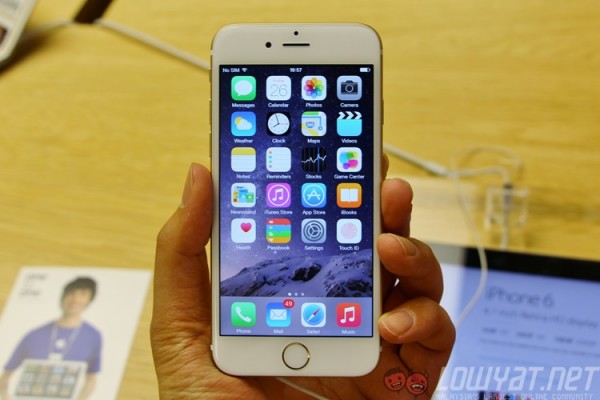
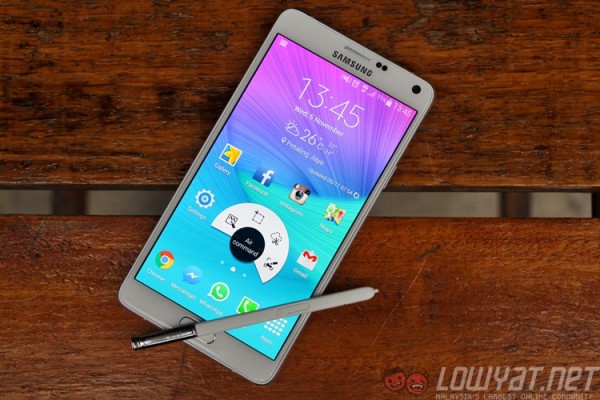
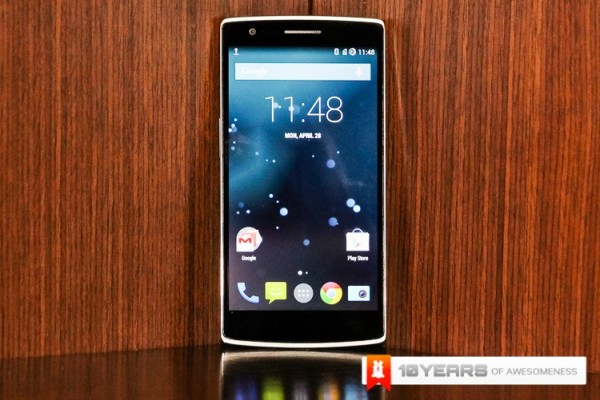
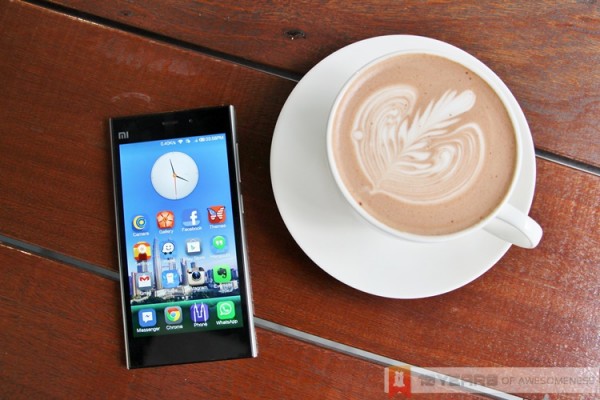
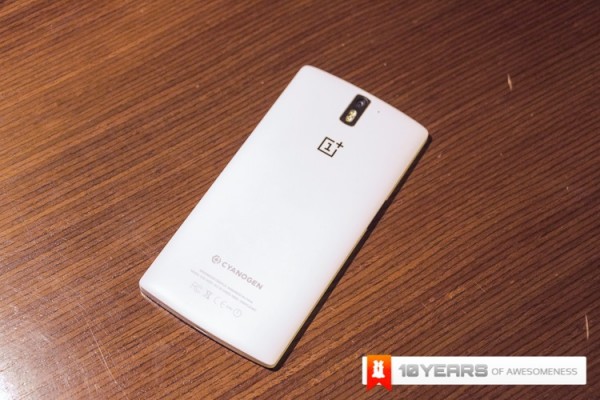
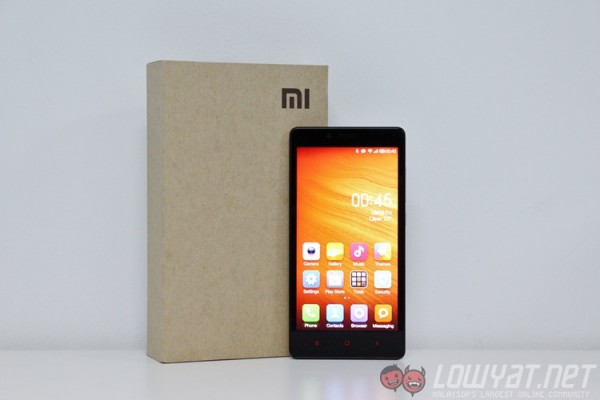
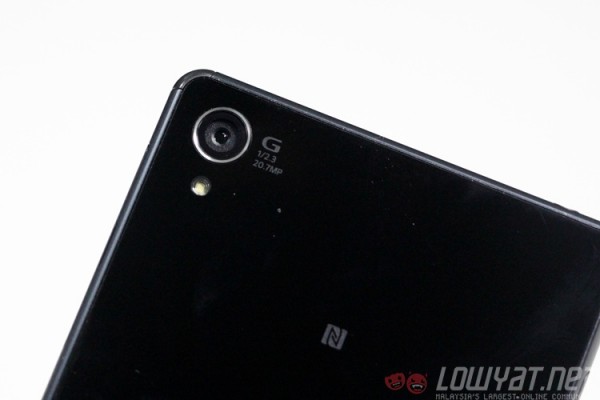


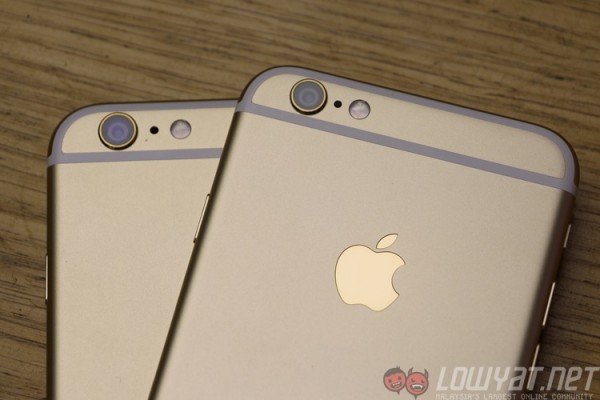
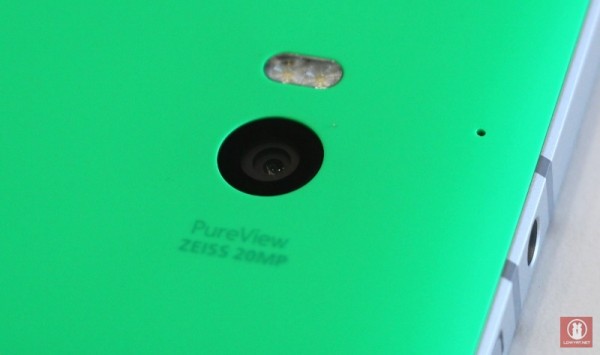
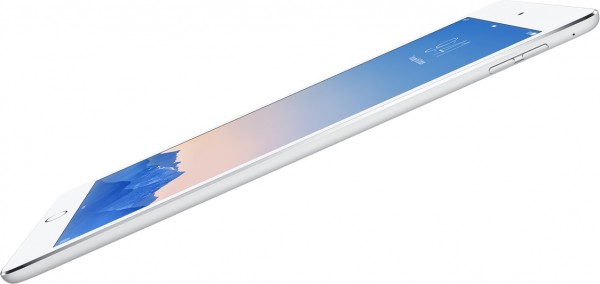
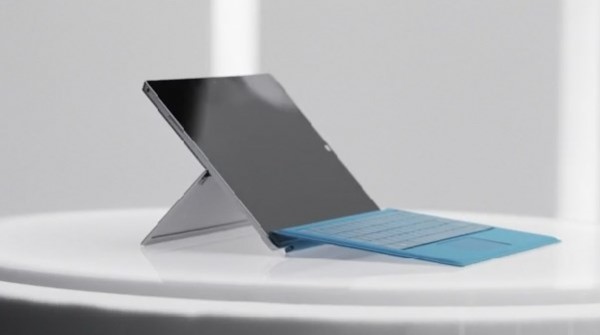
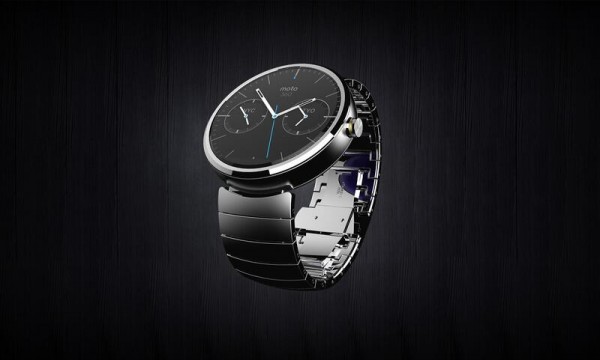
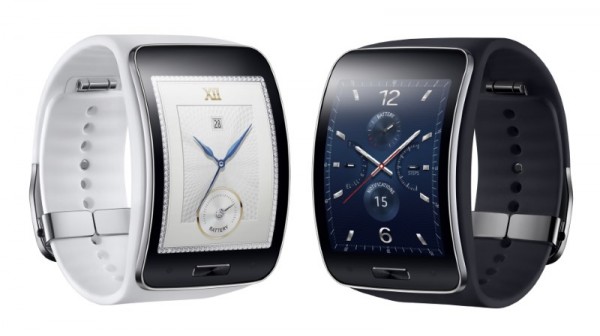
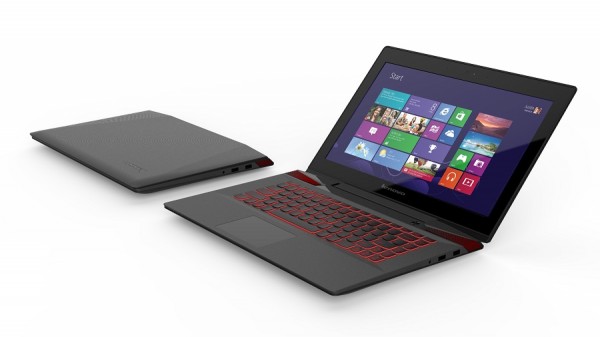
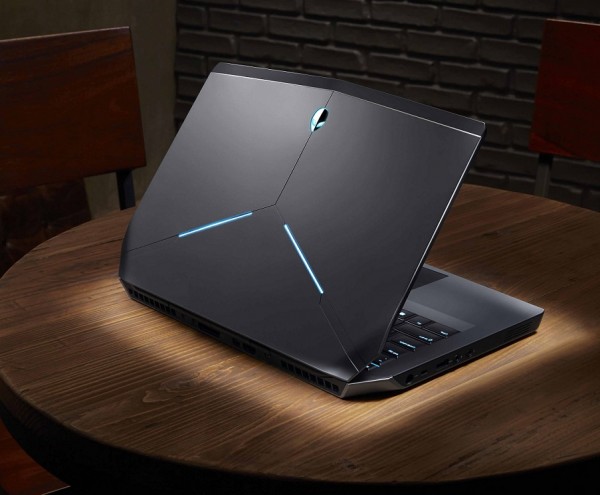
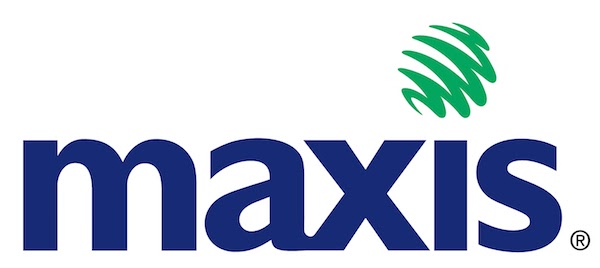
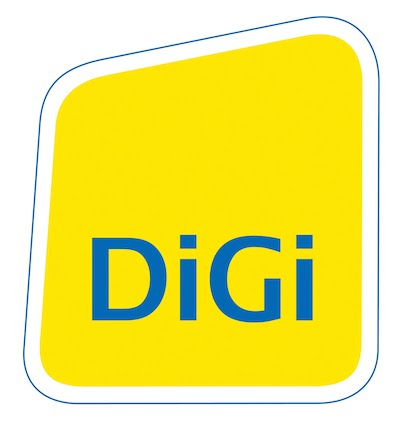
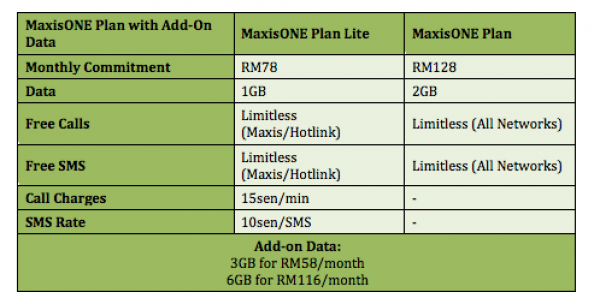
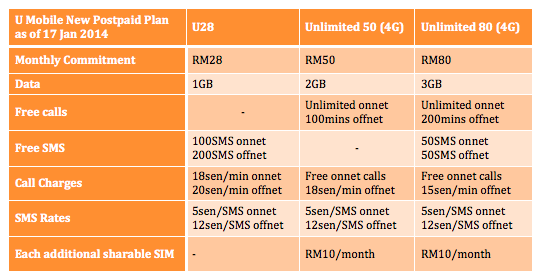

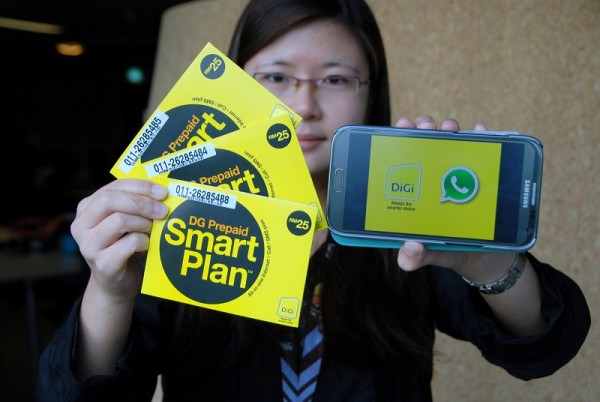


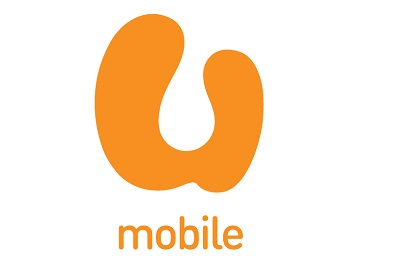
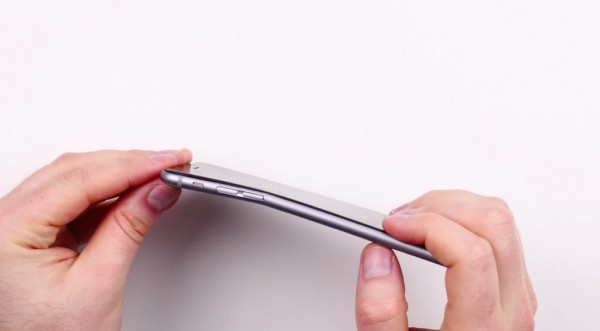

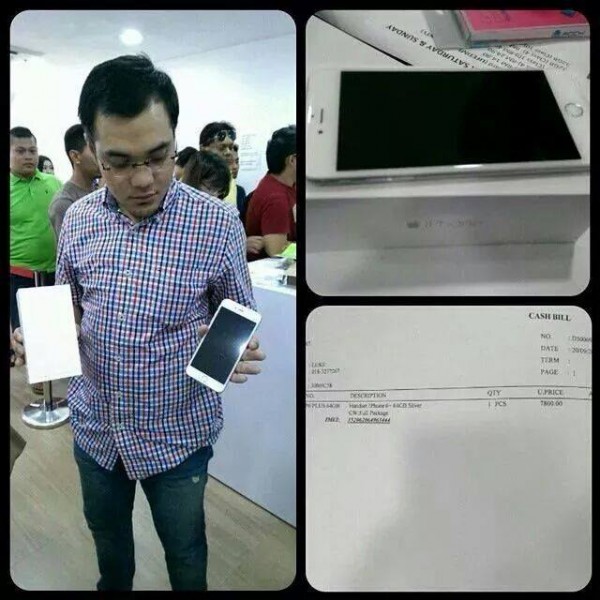

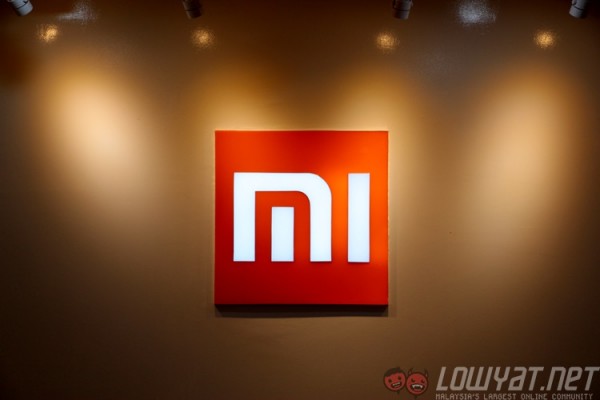
0 Comments:
Post a Comment